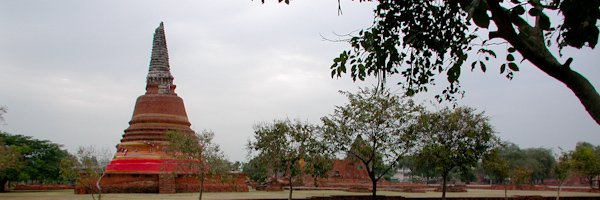
Since we had seen some photos from Ayutthaya in a magazine, we decided to spend a day there. Declared as Unesco’s World Heritage, the city has many temples spread by the river margins. It was also the capital of Siam for about 4 centuries. Nowadays it has a peaceful atmosphere, far from the rush and stress of Bangkok. We felt that on restaurants and hotels. Here life goes slower and more contemplative.
We visited some ruins. Not all of them because it would be so tiresome and we assimilate what we were seeing. It was interesting to learn a bit about the Buddhist rituals. We spent some time in a temple observing it. There were the symbolic objects: the candle, representing the wisdom, the flowers, the compassion, the incense, and the purification. There was also a pot full of sticks that they shake it until one of the sticks pop out. On it there was a number that correspond to a message...
Leia Mais... / Read More...

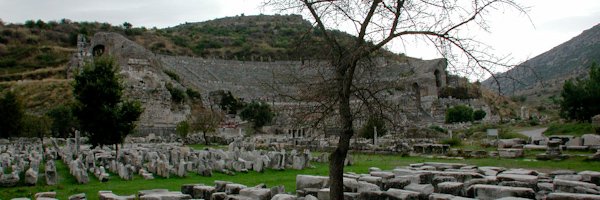
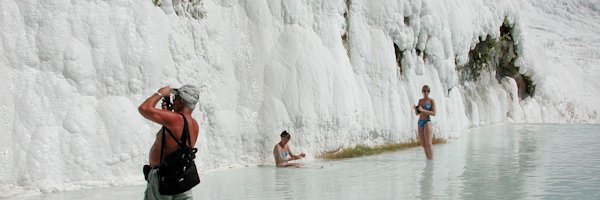
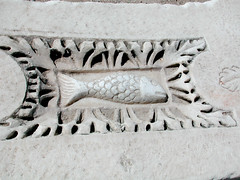

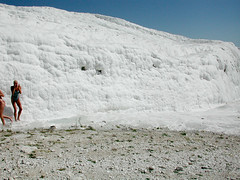
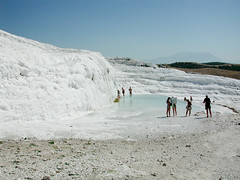
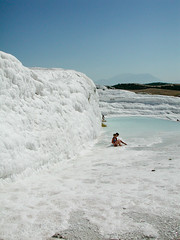
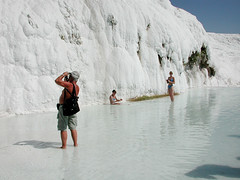
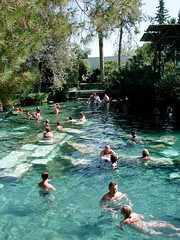

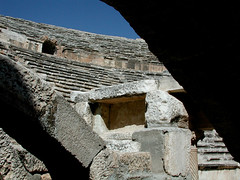
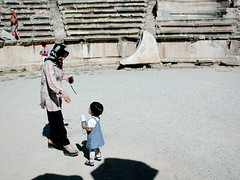
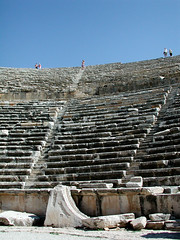




Social Profiles